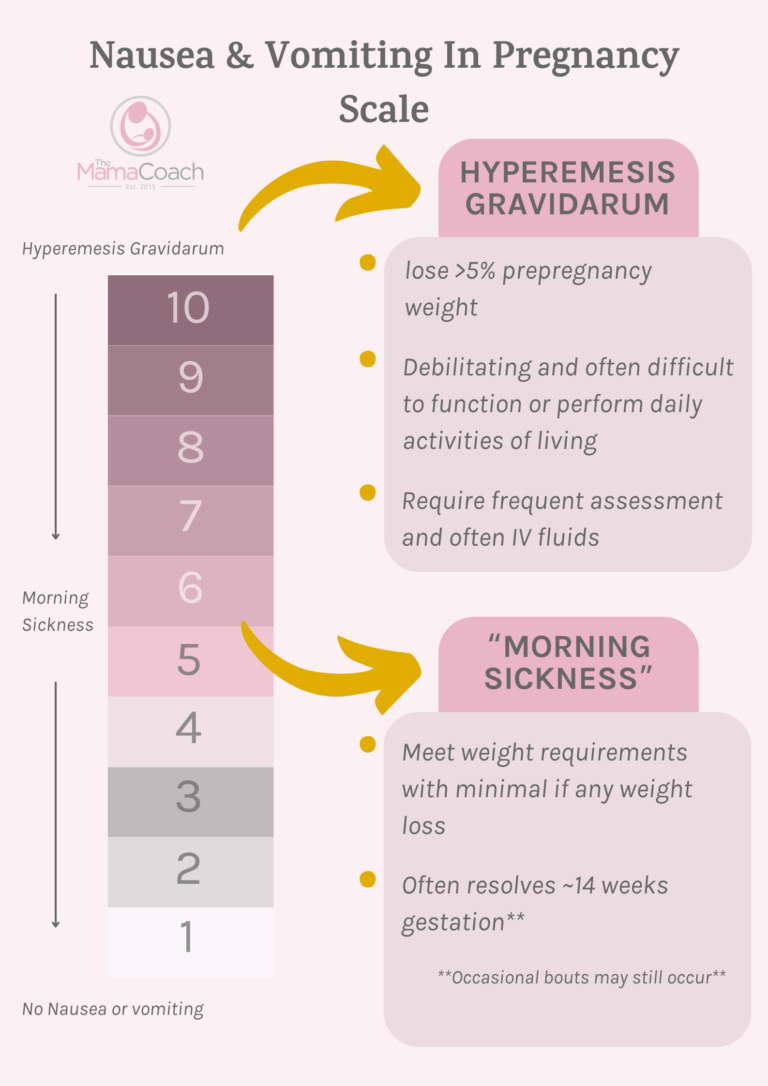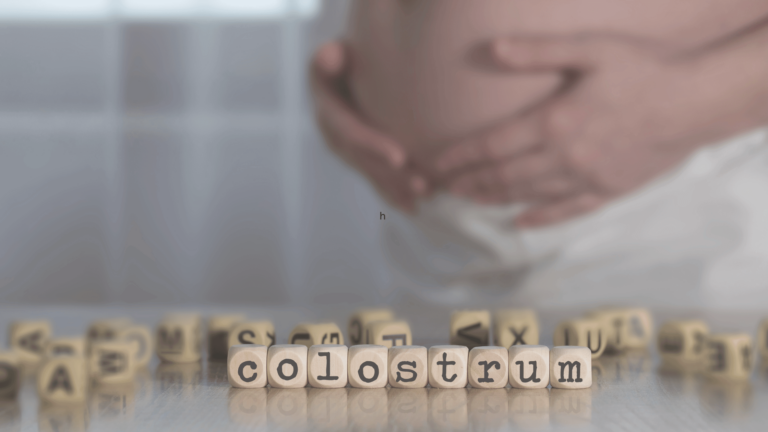New Developments in the Works About Your Morning Sickness and the Genetic Link to Hyperemesis
If you’ve journeyed through pregnancy, you’ve likely encountered the frustrating hurdle known as “Morning Sickness” – a concern that’s frequently shared with me by parents. Nearly 90% of pregnancies involving some level of nausea and vomiting. Occasionally morning sickness can develop into something much more extreme. I’ve had the experience of connecting with parents who, after enduring a challenging first pregnancy due to this, approach subsequent ones with hesitance.
It’s disheartening to acknowledge that pregnancy-related nausea and vomiting are often brushed off as “normal”. This most commonly is due to a lack of research and effective treatments. When approached this way it dismisses a mom’s concerns and lacks empathy, leaving moms feeling frustrated, overwhelmed, and, unfortunately, unheard. Ultimately, this thought process robs moms of the chance to fully embrace their pregnancies.
Fortunately, we anticipate improvements in the way pregnancy-related nausea and vomiting are addressed. As new research emerges, shedding light on its causes, risk factors, and potential treatments, so too does the mindset of healthcare providers. These recent developments in research are particularly promising in the context of Hyperemesis Gravidarum (HG). This new understanding can help by offering soon-to-be moms some relief.

Nausea and Vomiting: A Spectrum
A significant revelation from these studies is the shift to viewing nausea and vomiting in pregnancy as a spectrum or scale. This comes from the understanding that all levels are influenced by the same gene. HG is at the very top of the scale (the most extreme form of pregnancy nausea and vomiting), morning sickness falls somewhere in the middle, and no nausea/vomiting is at the bottom. This is a shift from the previous notion that HG was its own isolated condition. You can see the visual representation of this scale below.

How GDF-15 is Helping Us View Morning Sickness and Your Genetics
While the scale way of thinking has opened more doors for treatment itself, the game-changer from this research on GDF-15 is the discovery of a genetic component to nausea and vomiting during pregnancy. What does that mean for you? Studies indicate that if your mom or sister experienced HG, you’re 17-27 times more likely to develop it yourself.
I understand; this news might sound discouraging initially. But hold on – it’s a crucial discovery that opens the door to further developments in treatment options. This development also brings the potential to manage or prevent HG before it kicks in! One exciting advancement is the more effective use of currently available treatments as well.
Common Treatments Used in Hyperemesis Gravidarum
Firstline Treatment:
- Vitamin B6 (pyridoxine) with or without Unisom (doxylamine)
Additional Anti-Nausea medications:
- Zofran (Ondansetron)
- Gravol (dimenhydrinate)
- Maxeran (Metoclopramide)
Hospital treatments:
- Corticosteroids (usually methylprednisolone) *Note: This is often a last resort for patients with special nutrition requirements and not a common treatment for all moms with nausea and vomiting.
- IV fluids are commonly used in the hospital to treat dehydration
It’s essential to note that HG may have different triggers that alter the treatment plan. For more information on the medications that can be used in treating Hyperemesis Gravidarum and it’s triggers, talk to your healthcare provider. When having this discussion, consider bringing a copy of a detailed list of potential medications with you. You can find a detailed list here.

What This Information Means for Your Morning Sickness Journey
Well, here’s the exciting part: the genetic component is crucial in treating moms with HG. The first-line treatment of pyridoxine and doxylamine shows a 43% reduction rate of HG when taken before symptoms start. This is compared to a 17% success rate when initiated at the start of HG. Since HG is such a genuinely debilitating pregnancy condition with many different health impacts, a 43% reduction would be a game-changer. This would be especially relevant for all the moms who have previously experienced HG. These new developments also offer hope to those at a higher risk of developing it for the first time.
How the Symptoms of Hyperemesis Effect Moms
HG can be a very complicated ailment, especially because the health outcomes can be very severe including weight loss (>5% pre-pregnancy weight), disruptions to daily tasks, and hospitalization due to dehydration, electrolyte imbalances, and nutritional deficits. In fact, it’s the second leading reason for overall pregnancy hospitalizations. Not just that but it’s the leading cause for early pregnancy hospitalization rates. The severity of HG goes beyond physical symptoms. Often HG can lead to alterations in mental health as well. These alterations can include anxiety, depression and even an increased risk of postpartum depression.
Moreover, any mom who has gone through HG can testify to the severe isolation it brings. This is something no one deserves, especially during such a challenging time filled with changes and heightened emotions at its core.

You Deserve Support With Your Pregnancy and Morning Sickness
That’s why this new research is genuinely exciting! The possibility of providing more women with uncomplicated pregnancies is sensational. The connection between HG and GDF-15 opens doors to personalized approaches, addressing the unique challenges faced by expectant mothers. In this journey where science meets the nuances of pregnancy, each revelation brings us closer to a future where hyperemesis gravidarum is met with understanding, empathy, and targeted solutions – and that’s something to look forward to!
If you are suffering from HG, I see you and your resilience, you are valid, and your experience is valid. We provide personalized prenatal classes that are centered around what you are experiencing with your pregnancy. We do these classes in-person and virtually, and you can find the nearest nurse to you here.
Carrie
References
1. Fejzo, M., Rocha, N., Cimino, I., Lockhart, S. M., Petry, C. J., Kay, R. G., … O’Rahilly, S. (2023, June 2). Fetally-encoded GDF15 and maternal GDF15 sensitivity are major determinants of nausea and vomiting in human pregnancy. *bioRxiv*, 2023.06.02.542661. https://doi.org/10.1101/2023.06.02.542661
2. Fejzo, M.S., Sazonova, O.V., Sathirapongsasuti, J.F. et al. (2018). Placenta and appetite genes GDF15 and IGFBP7 are associated with hyperemesis gravidarum. *Nature Communications*, 9, 1178. https://doi.org/10.1038/s41467-018-03258-0
3. Jennings, L.K., & Mahdy, H. (2023, July 31). Hyperemesis Gravidarum. *StatPearls*. Available from: https://www.ncbi.nlm.nih.gov/books/NBK532917/
4. Khan, F. H. (Author), & Taylor, J. P. (Chief Editor). (2024, January 5). Hyperemesis Gravidarum in Emergency Medicine Medication. eMedicine. Retrieved from https://emedicine.medscape.com/article/796564-medication?form=fpf







